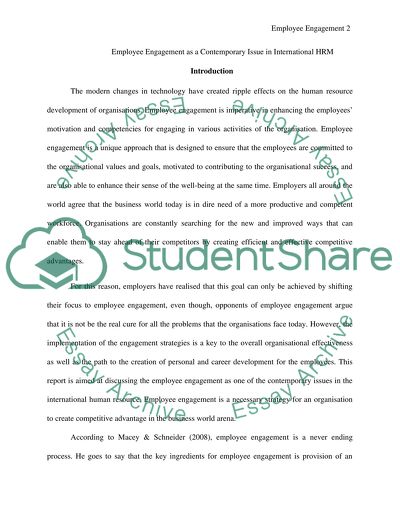Cite this document
(“Emloyee Engagement Assignment Example | Topics and Well Written Essays - 3000 words”, n.d.)
Retrieved from https://studentshare.org/human-resources/1683110-emloyee-engagement
Retrieved from https://studentshare.org/human-resources/1683110-emloyee-engagement
(Emloyee Engagement Assignment Example | Topics and Well Written Essays - 3000 Words)
https://studentshare.org/human-resources/1683110-emloyee-engagement.
https://studentshare.org/human-resources/1683110-emloyee-engagement.
“Emloyee Engagement Assignment Example | Topics and Well Written Essays - 3000 Words”, n.d. https://studentshare.org/human-resources/1683110-emloyee-engagement.


